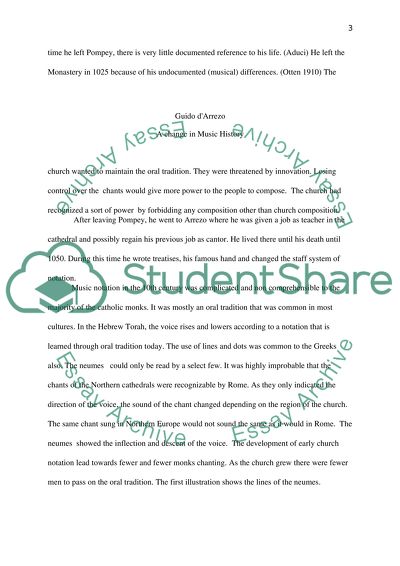Cite this document
(“Guido of Arezzo A change in Music History Research Paper”, n.d.)
Retrieved from https://studentshare.org/music/1393268-guido-of-arezzo
Retrieved from https://studentshare.org/music/1393268-guido-of-arezzo
(Guido of Arezzo A Change in Music History Research Paper)
https://studentshare.org/music/1393268-guido-of-arezzo.
https://studentshare.org/music/1393268-guido-of-arezzo.
“Guido of Arezzo A Change in Music History Research Paper”, n.d. https://studentshare.org/music/1393268-guido-of-arezzo.


